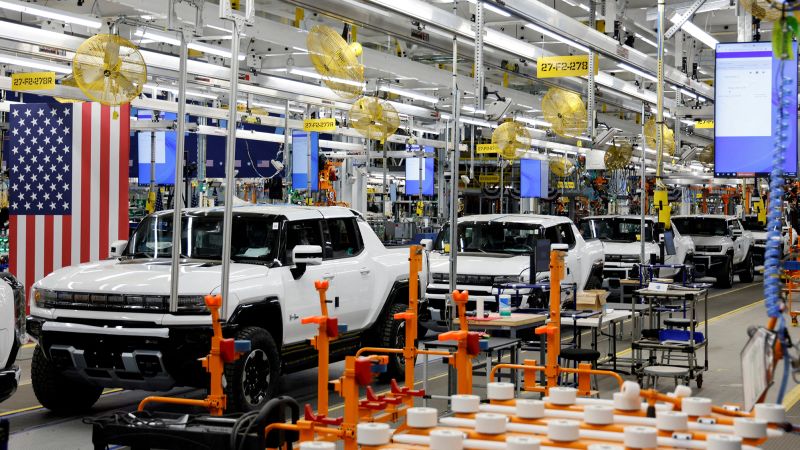US producer prices fell in December for the third consecutive month, bringing a closely watched gauge of inflation to a rate more in line with pre-pandemic times.
Wholesale inflation as measured by the Producer Price Index rose 1% annually in December, up slightly from November’s revised 0.8% reading, according to data released Friday by the Bureau of Labor Statistics.
…
PPI is a closely watched inflation gauge since it captures average price shifts before they reach consumers and serves as a potential signal for the prices consumers ultimately end up paying.



Real wages increased in 2023.
I’m actually not sure what a “real wage” measures.
It’s wages measured against inflation, but inflation itself can be measured in different ways. Does it use the CPI? Cuz that doesn’t measure shrinkflation lol
Not to mention CPI calculation changes regularly
CPI changes every two years. Regularly, but not that frequently.
Also doesn’t measure substitutions, like choosing to buy a cheapo brand of the same product to save money.
Speaking of, in the age of mass surveillance and data collection I have no idea why inflation is limited to a basket of goods. It seems trivial to just measure the cost of everything everywhere.
Using substitution for CPI leads to counterintuitive effects.
If the price of gas increases 5%, and you respond by biking to work instead of driving, then you have substituted something else for gasoline. When people argue that CPI should take substitution into account, they are arguing that you aren’t actually spending 5% more on gas. Since you are buying less gas, maybe you are only spending 2% more on gas. That’s inflation with substitution taken into account.
In other words, taking substitution into account makes inflation appear less bad. That’s why consumer activists don’t want to take substitution into account: if prices increase 5%, then inflation is 5% regardless of how people respond.
There is an alternative form of CPI called “chained CPI” that tries to account better for substitution. Every month, chained CPI changes according to how people are responding to inflation. Chained CPI is generally lower than regular CPI, and when people want to use chained CPI they are usually trying to pay people less for their cost-of-living increases in wages/benefits. In other words, they are arguing “Hey, why should I adjust your pay for CPI when you can just substitute for cheaper stuff?”
TLDR: Substitution is how employers justify stiffing employees.
Real wages are measured against CPI, which does account for shrinkflation.
And while CPI is described as using a “basket” of goods, the basket is rather comprehensive. It’s pretty much everything you could find in a grocery, pharmacy, department store, etc.
CPI intentionally excludes B2B goods like sheets of stainless steel, even though the B2B market is far larger than the consumer market. That way, a drop in the price of stainless steel sheets cannot “cancel out” an increase in the price of orange juice. CPI is meant to reflect what consumers are experiencing, not what businesses are experiencing.